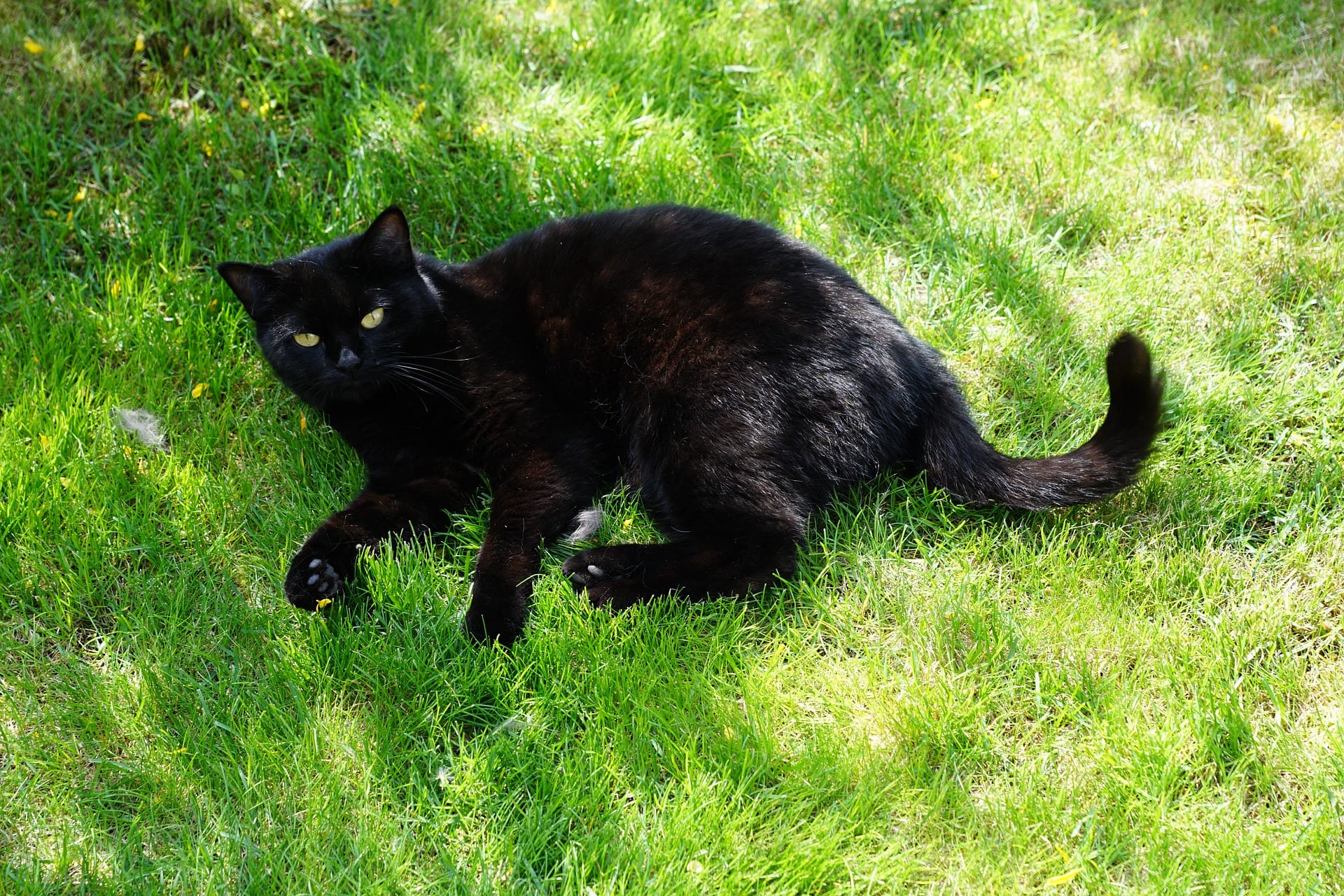All Hallow’s Eve marks the end of Spooky Season, but here are some superstitions that you might want to be wary of year-round. Don’t worry, you don’t have to be superstitious— well maybe just a little-stitious.
Black cats
They’re cute, they’re cuddly and apparently they’re unlucky. Crossing paths with a black cat is believed to be a symbol of bad luck, especially when they cross from your right to left side. Ironically, at one point in time the Egyptians worshipped cats and viewed them as magical creatures. They mummified them, made sculptures and other art, and even built the famous Great Sphinx of Giza in their honor. Around the 14th century, black cats began getting a bad reputation, due to their dark coloring. In the 16th century, a period of witch trials began in Europe. People believed that black cats were witches’ familiars, or “animal assistants.” Europeans also went as far as to say that the cats were the witches themselves in disguise, allowing them to travel through the town unnoticed. Black cats haven’t been able to shake the stigma, clearly, becoming a staple of Halloween.
Breaking a mirror
The Ancient Romans were the first to create glass mirrors. They also believed that breaking a mirror was very, very unlucky. According to the Romans, if someone was to look into a broken mirror, the distorted reflection would taint that person’s soul. All hope wouldn’t be lost, however, because this affliction supposedly only lasts for seven years.
Walking underneath a ladder
Walking underneath a ladder shouldn’t sound appealing by any means, considering the possible dangers that could present themselves. But this action is unlucky for a very different reason. Prior to the late 1800s when hanging prisoners was still practiced, there was a specific technique used, called the “short drop.” With a noose around their the neck, the prisoner had to climb a ladder and jump off from the top. Eventually, gallows were used, rather than trees, but prisoners still needed to climb ladders to reach the scaffold. Many people presume that the souls of those who died this way stayed underneath the ladder afterwards.
Things in threes
Have you ever noticed how death comes in threes or heard the saying “three times a bridesmaid, never a bride?” Triaphilia is the belief that bad luck happens in threes. While there is no way to prove or disprove this theory, the origin of this superstition is simply the result of human nature. The number three is thought to symbolize balance and in some cultures is it is considered lucky. By limiting the number of “unlucky” events, people feel more comfortable in such an unpredictable world. Just in case, remember to never light three candles in the same room, knock three times in the room of a sick person, or spill glasses of water three times!
Friday the 13th
Paraskevidekatriaphobia, also referred to as friggatriskaidekaphobia, is the irrational fear of Friday the 13th, the date synonymous with the unluckiest day of the year. But is it really that irrational? In 2018, it happened in April and July. I would like to point out that there are 13 weeks between April 13 and July 13. This superstition has origins linked to Biblical events, such as the Last Supper (13 people attended and it took place on a Friday) and the Crucifixion (took place on a Friday). While the superstition seems to have been around forever, prior to the latter half of the 1800s, Westerners didn’t really pay attention to Friday the 13th. Pop culture has had a lot of influence over the day’s relevancy and a prime example is the movie “Friday the 13th,” released in 1980.


